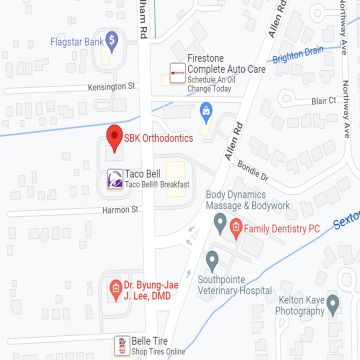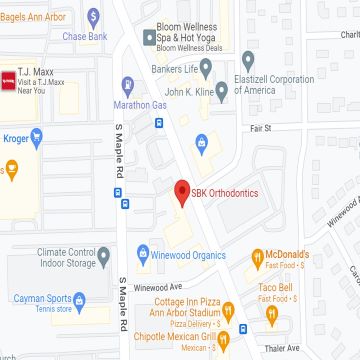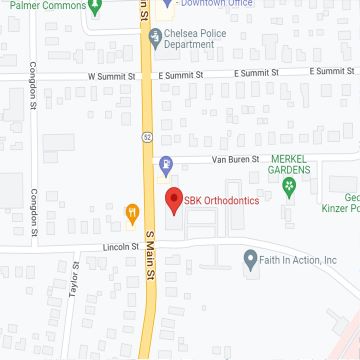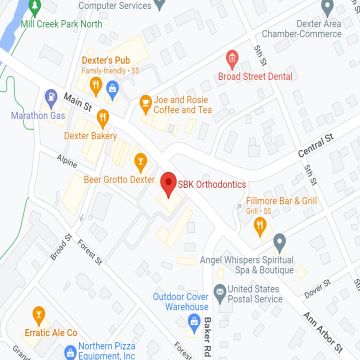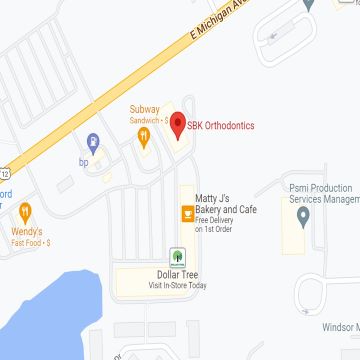Diagnostics for Common Orthodontic Malocclusions and Crooked Teeth

Teeth alignment is a serious matter that people often see as a shallow concern, but there is nothing further away from the truth. Misaligned teeth translate into misplaced jaws. When people have a type of malocclusion, it means pain, headaches, hygiene problems, and so on.
Crooked teeth and crowded bites usually mean a patient has to deal with several orthodontic conditions, such as malocclusions. The diagnosis for these cases goes from identifying mild misalignment problems to severe malocclusion types like an open bite.
Ignoring a misaligned jaw for too long can bring significant consequences such as trouble speaking, tooth decay, gum infections, and maxillary and mandible deformation. This type of problem doesn’t solve itself over time; it needs professional assistance.
Orthodontic treatment is the only way out of misalignment issues. Crooked smiles need orthodontic appliances like conventional braces, clear aligners, and spacers. And as a patient, you need a straight denture.
Let’s dig a little deeper into the matter so you can truly understand dental health’s impact on your life. Teeth are as important as any other bone in your body, and they have vital roles to perform for you.
What Is a Malocclusion?
We are here not for technical terms but to understand the implications, causes, and treatment for this medical condition – dental malocclusions.
The name already tells about what is wrong when we talk about malocclusions. You have dental malocclusion if your teeth don’t fit properly when you close your mouth.
There are classes and levels involved in the diagnosis process and different types of treatment that can go from Invisalign trays to metal braces or surgery in some extreme cases. The treatment plan you get will depend on the severity of your case, along with some other characteristics about you and your oral health.
Why do crooked permanent teeth mean a class of dental malocclusion? Picture a straight smile and perfectly aligned teeth. When a mouth with a denture like that closes, everything sits in its place easily, with no interference from molars or canines.
With crooked teeth, this is simply not possible since teeth will touch each other in weird ways. Your upper teeth can clench into your lower jaw or vice versa.
What Causes Malocclusions?
Malocclusions are highly common, but why? The causes swing from genetics to habits like thumb–sucking. The extender use of pacifiers can also transform the palatal structure and cause overbite.
Genetic conditions can reflect in the placement of your jaws and cause an underbite. Other cases come due to hyperdontia, teeth larger than normal, or hypodontia (a rare condition).
Not the same as hypodontia but the lack of a tooth can cause shifting in near teeth. If you lost a tooth by accident at some point, the rest of the teeth sometimes move to fill the space.
Bruxism is considered another cause of dental malocclusion. The constant grinding of the upper teeth against the lower teeth can
Malocclusion Classes
The classification of malocclusions depends on the alignment of your jaws and teeth. There are three principal categories for malocclusions, the first being the most common and less severe.
- Class 1 Malocclusion. Thumb-sucking is proven to cause this type of malocclusion. Class I is a mild overlapping of the upper jaw over the lower teeth, causing what is also known as a deep bite.
- Class 2. This malocclusion class diagnosis means your lower jaw is completely overlapped by the superior jaw, causing an overbite.
- Malocclusion Class 3. In this class, we have severe underbites. Your lower teeth considerably surpass the maxillar.
Each malocclusion class has types that allow better descriptions for different cases.
Types of Malocclusions
To make it easier for you, let’s list some consequences and symptoms of every class malocclusion so you can identify the problem more appropriately.
Now, remember most malocclusion problems solve with orthodontic treatment.
In class 1 malocclusion, we have overlapping, crossbite (anterior and posterior), crowding around the area of the canine, and mild spacing problems. The treatment plan may include tooth extraction and functional orthodontic appliances such as braces treatment.
Class 2 malocclusions are where we find severe cases of overbite. Front upper teeth are protruding evidently, affecting the appearance of the mouth and nose. The lower lip tends to rest behind the upper teeth. The treatment alternatives for this class of malocclusion go from orthopedic treatment in children to elastic bands and surgery.
In class 3 malocclusions, doctors place prognatism or underbites. This malocclusion occurs due to growth issues and genetic factors. Orthodontists recommend early treatment in these cases. Palatal expander, conventional braces, and orthognathic surgery are part of the usual treatment course.
SBK Orthodontics in Ann Arbor
You must develop the habit of visiting your orthodontist and dentist at least once a year to avoid complications related to dental malocclusions.
Take your children to a dental expert to prevent alignment issues like crooked or crowded teeth or underbite in their teen and adult years. Remember, most of these problems are easier to treat in younger dentures.
Set an appointment with our team and visit our Ann Arbor orthodontic office.




